Exbury Gardens
The Exbury Estate is made up of around 2,000 acres of land which extend down to the banks of the Beaulieu River. The beautiful Estate gardens are world famous for rhododendrons and azaleas which are at their peak in May, but the gardens look fantastic at any time of the year. Buggies are available to take visitors on a 45 minute trip of the gardens (30 minutes in peak season).
The current look of the estate is mainly due to the vision of Lionel de Rothschild who owned it from 1919. He came from the well known Rothschild banking family but described himself as a “banker by hobby, a gardener by profession”.
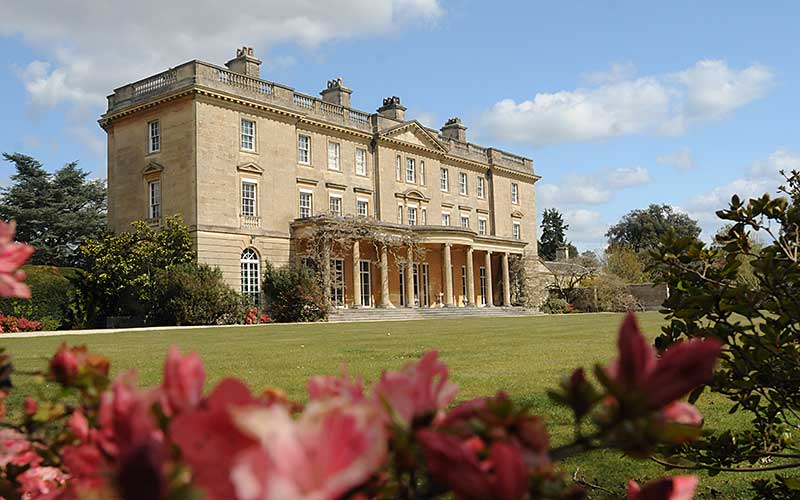
As a great rhododendron fan, the main reason for Lionel buying Exbury was to concentrate on growing these colourful plants. The site was ideal because of the free-draining acidic soil and the shade provided by the woodland canopy.
Lionel collected and planted many specimens from around the world, but in the early 1920s he set out to create new hybrids. Working with the plants he already had and using seeds sent from plant collectors such as George Forest, Frank Kingdon-Ward, Joseph Rock and Reginald Farrer, he created around 1200 hybrids which now bear the name ‘The Exbury Collection’.
Lionel’s garden is believed to have developed organically but he did have a few rules for placing his plants; “avoid purple with red or pink, sealing wax red must not be near crimson, orange/salmon only with white, magenta with pure colours.”He also had very high standards, burning any hybrids that he deemed to be of inferior quality.
Showing his beloved rhododendrons became a preoccupation and he received an incredible 238 awards from the RHS for his rhododendron species and hybrids. Plants worthy of an award included Rhododendron ‘Albatross’ (Award of Merit, 1953) and Rhododendron ‘Hawk’ (Award of Merit, 1949).
The garden is also full of brightly coloured azaleas. Although garden centres classify azaleas as a plant species, they are technically a variety of rhododendron.
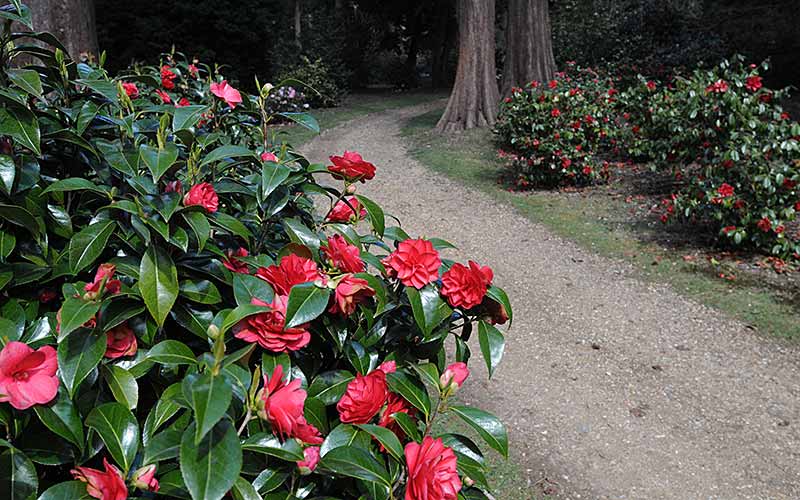
Camellias provide the first floral treats of the year at Exbury and the gardens contain over 250 different varieties. Whole trees are covered from top to bottom with pretty flowers in a great range of colours.
Exbury has two Camellia walks – one created in the 1930s with Exbury hybrids such as C. ‘Inchmery’, C. ‘Inspiration’ and C. ‘Charlotte de Rothschild’, and another created in 1996 using lots of showy American hybrids such as Kickoff, Freedom Bell, Extravaganza, and Bob Hope.
Magnolias also feature heavily at Exbury. They too are early flowering plants (although the flowering season extends well into the summer months for the larger flowering species). The flowers stand out very well on the bare branches, giving a stunning visual display.
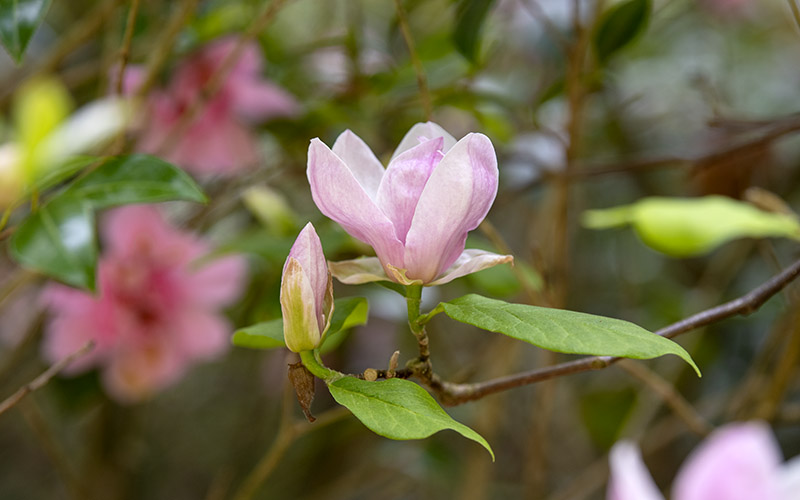
Magnolias are amongst the oldest plants on the earth – fossilised plants have been dated to around 20 million years ago.
The Mitford family who owned Exbury from 1726 until the 1860s actually started the tree collection with some fine specimens but it was Lionel who really made the estate what it is today. He was also a great tree collector and planted many rare varieties. Notable collections include the Japanese Acers, North American Conifers, American hardwoods, Magnolias and Oaks. A Tree Trail Guide has been written by Head Gardener, John Anderson to guide you as you walk around the gardens and it includes highlights such as the Domesday Yew – the oldest tree in the Gardens.
Exbury Gardens is also a National Collection holder for the colourful Nyssa and Oxydendrum trees (best seen in Autumn).
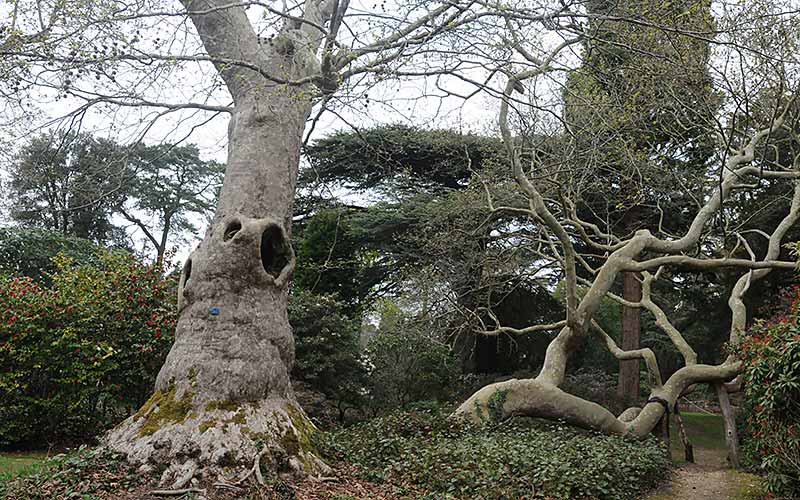
The Wiggly Tree, a favourite with children, is an Oriental Plane (Platanus orientalis) with a large main trunk surrounded by four horizontal trunks that seem to have layered themselves. It is unclear just how and when this took place. The tree has a very unusual shape and pretty, camouflaged bark. Part of the trunk is hollow and owls have made their home in it. The Wiggly Tree can be found just off the main Glade in the Home Wood.
The History Tree is no longer living. It was planted in The Glade by the Mitford Family but fell in the great storm of 1990. It had stood for about 280 years. A cross section of the tree has been left which clearly shows the hundreds of tree rings – one for every year of its life. Interesting historical dates have been marked on the rings at the year that they occurred.
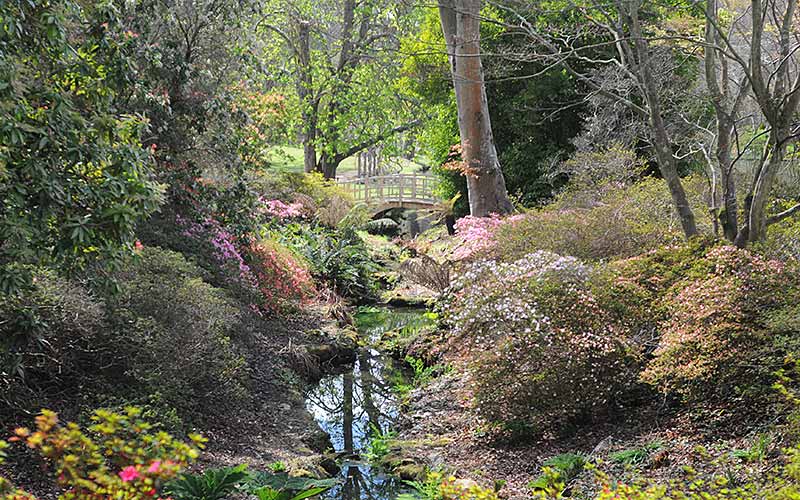
As well as the showy rhododendrons and magnolias, Exbury is also home to some lovely native British plants such as the Scots pine (Pinus sylvestris), native oak (Quercus robur), Green-wing orchid (Orchis morio), Common spotted orchid (Dactylorhiza fuchsia) and foxglove. Plenty of primroses (Primula vulgaris) are on show in March and April and stunning carpets of bluebells (Hyacinthoides non-scripta) can be seen in May.
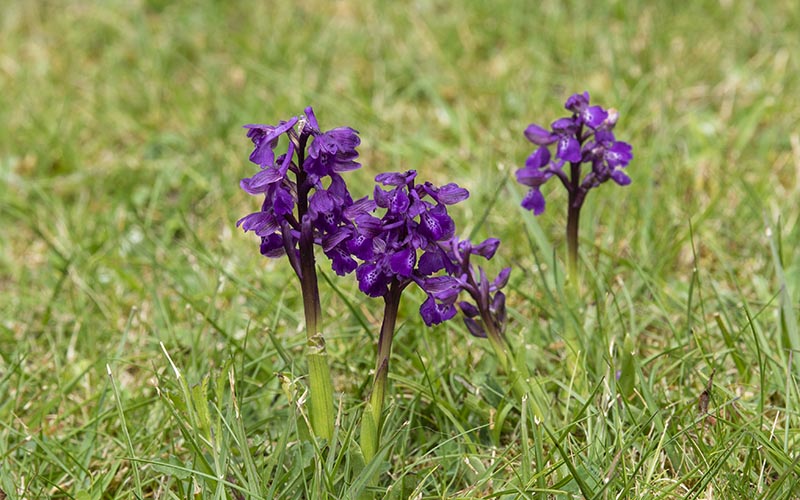
Above the Japanese Bridge is Mrs Lionels’s Seat. Mrs Lionel (Marie-Louise Beer) was the wife of Lionel de Rothschild and the seat was her favourite place in the garden. The ravine it looks down into contains Gunnera manicata or “Industrial Rhubarb”, tree ferns and a beautiful acer. Framed by azaleas, it forms a classic view of Exbury. At this spot, Mrs Lionel could also see rhododendrons bearing the names of her children – Edmund, Naomi, Leo and Rosemary. The seat also overlooks part of the Top Pond which is well stocked with Koi Carp.
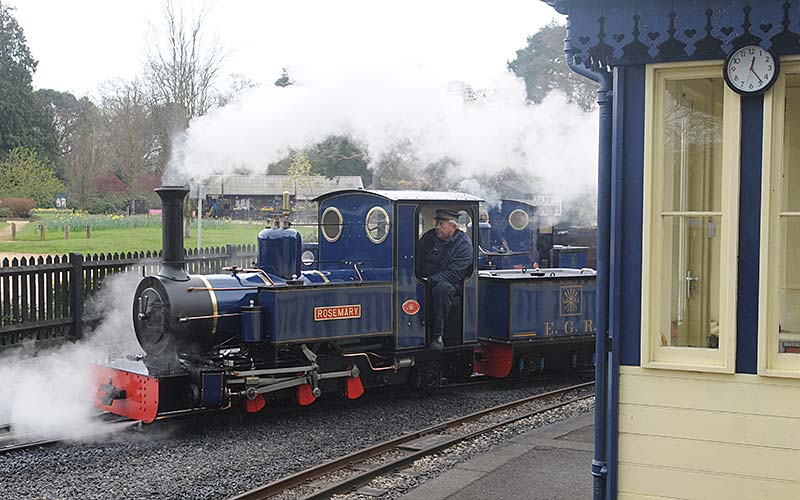
Leopold de Rothschild, son of Lionel and Marie-Louise, had a love affair with steam trains since early childhood. He was particularly inspired by the Exmoor Steam Railway in Devon and wanted to create one of his own at Exbury.
The Railway opened in August 2001 and it takes visitors on a 20 minute circular route from Exbury central Station via Exbury North. The one and a quarter mile line passes the Summer Lane Garden, Rock Garden, Wildlife Ponds, American Gardens and “Hump-phrey, The Lake Moss Monster.” Along the route are interesting metal and moss sculptures, a tunnel and a viaduct.
Her Majesty The Queen has ridden on the Rhododendron Line at Exbury and she named the latest locomotive ‘Mariloo’ after Leo’s mother.
Anyone wishing to learn to drive the trains can book a footplate experience in March, April or June.
In 2019 The Centenary Garden was opened by HRH the Prince of Wales. It was designed by Marie-Louise Agius, Lionel’s great grand-daughter. It’s a contemporary garden with a focus on mid to late summer and it was created to commemorate 100 years of Exbury Gardens.
View photos of Exbury Gardens and Steam Railway